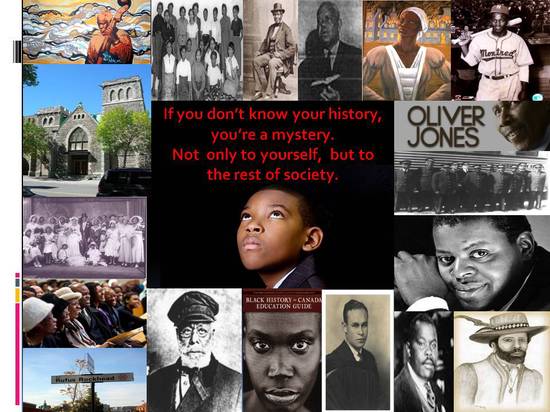 The positive development of any given society is borne by its members and the contributions which they are allowed to make continue to enhance its progression. This statement can be true, if all members are willing participants and are allowed to share in the enrichment of their respective society. The level and manner towards this participation must be defined and determined by each individual/group. For every person acquires his/her own experiences and perspectives of the world, which are unique unto themselves. Permitting the inclusion of these perceptions would not only add to the social flavor of that populace, it would also increase the likelihood of its members reaching their human potential. To stifle this reality would limit the richness that that society could potentially reach. The depth of this progression could be capitalized on if the society was comprised of an array of ethnic groups. For each cultural community possesses its own distinct language, art, literature, food, religion, traditions and history.
The positive development of any given society is borne by its members and the contributions which they are allowed to make continue to enhance its progression. This statement can be true, if all members are willing participants and are allowed to share in the enrichment of their respective society. The level and manner towards this participation must be defined and determined by each individual/group. For every person acquires his/her own experiences and perspectives of the world, which are unique unto themselves. Permitting the inclusion of these perceptions would not only add to the social flavor of that populace, it would also increase the likelihood of its members reaching their human potential. To stifle this reality would limit the richness that that society could potentially reach. The depth of this progression could be capitalized on if the society was comprised of an array of ethnic groups. For each cultural community possesses its own distinct language, art, literature, food, religion, traditions and history.
The same is true for the Black community of Montreal, whose recorded history starts four hundred years ago with Mathieu DaCosta. DaCosta, a free Black African, who was the interpreter to the Native peoples for Samuel de Champlain and Pierre Dugua de Monts in 1608 and according to early documents he may have been present in the Port Royal Habitation in the Annapolis Basin in 1605. [1] Mathieu DaCosta was an experienced translator who had many interactions with the Europeans and spoke French, Portuguese and Dutch. It is assumed that his ability to communicate with the Aboriginal people stems from frequenting the Americas or learning "pidgin"a dialect used in the New World by the Basques of Spain, which the Natives understood.[2]
Recent Comments